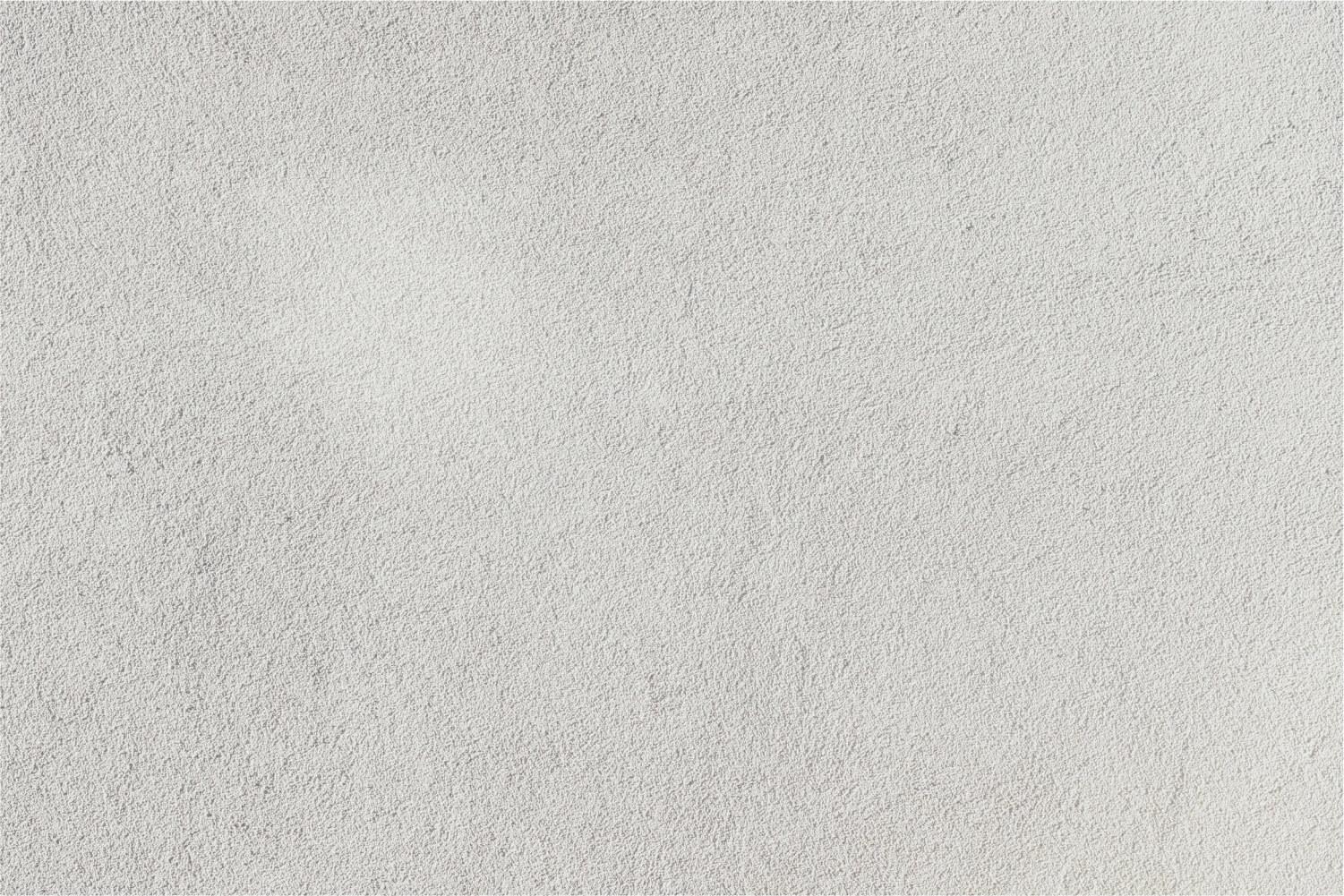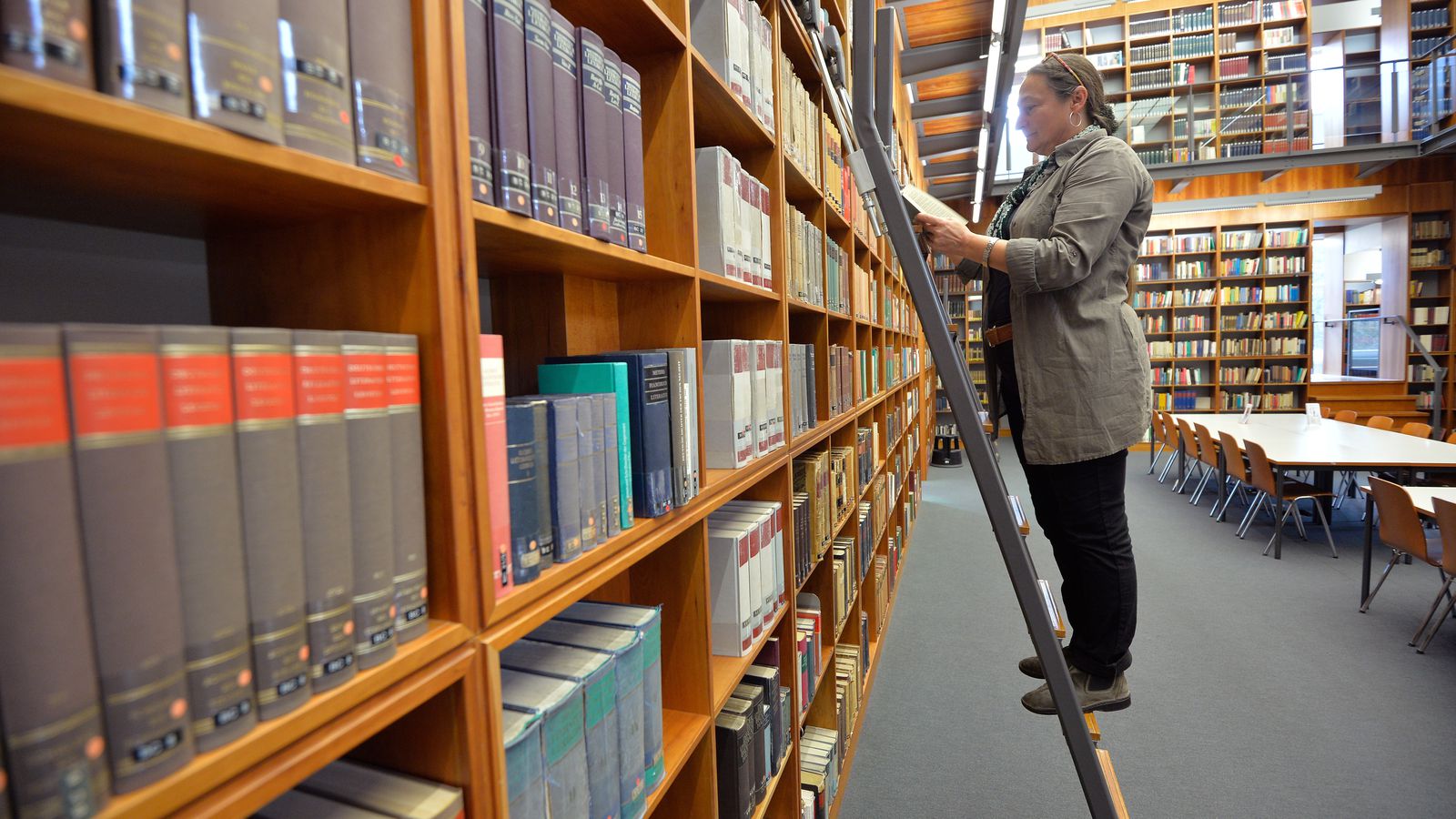
Fact, Fiction, & "Fake News"
Resources for School Libraries
(American Library Association, 1989)
What's the problem?
Fake news was a popular program at November's national AASL conference. I was most excited about the session with a staffer at The Newseum. She presented on free tools on the Newseum website. See the bottom of the page for that link!
After the conference, I learned that the Stanford History Education Group has released the lessons that go with their study on information literacy. Take a look at the study HERE and the companion lessons HERE!
Why does it matter? Well, standards, for one thing...
Alaska Standards
Introduction, p.4-5:
Students who are college and career ready…
Demonstrate independence.
Build strong content knowledge.
Value evidence.
Use technology and digital media strategically and capably.
Use technology and digital media strategically and capably.
"Students employ technology thoughtfully to enhance their reading, writing, speaking, listening, and language use. They tailor their searches online to acquire useful information efficiently, and they integrate what they learn using technology with what they learn offline. They are familiar with the strengths and limitations of various technological tools and media and can select and use those best suited to their communication goals."
So what can we do? News literacy lessons!
Can YOU spot the fake news?
Packaged curriculum resources
About me:
Email: khslibrary@k21schools.org
Website: www.kgbsd.org/library










